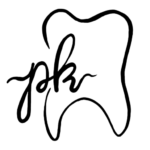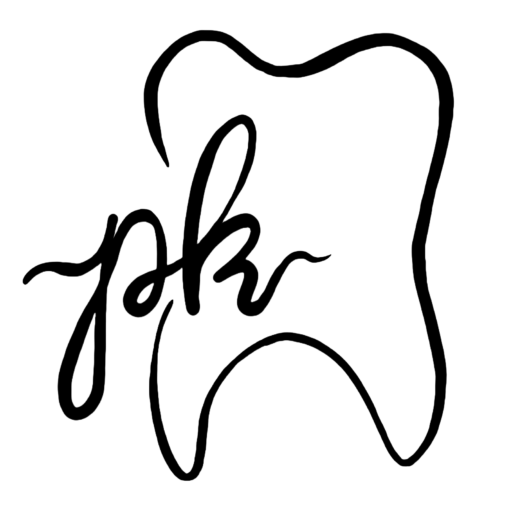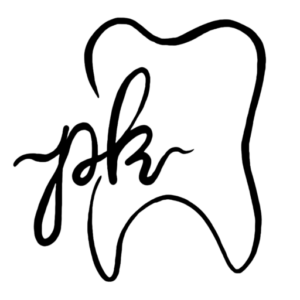Dental Retainers


Call Us Today
What are Dental Retainers?
A dental retainer is a special device designed to stabilize the position of teeth after orthodontic treatment. After the teeth have been brought into the desired position by braces or aligners, retainers play a critical role in ensuring that they do not move back to their original position. Retainers are therefore more crucial in preserving the long-term success of orthodontic treatment.
There are different types of dental retainers and they can be made in different shapes according to the customer’s requirements and the orthodontist’s recommendations. The aim is always to secure the new position of the teeth. This makes a fundamental contribution to the lasting health and aesthetics of the smile.
Types of Dental Retainers
The two main types of dental retainers are:
Fixed retainers that stay in your mouth.
Removable retainers that you take out.
Many dental providers use a combination of fixed and permanent retainers to keep teeth straight. You could have both types at the same time. The purpose of all types of retainers is to make your alignment last for years.
How do Dental aligners Function?
Retainers for teeth are mostly used as the last phase of orthodontics treatment. After the braces have been removed, teeth can shift back to their original position. So, retainers worn overnight (if not longer) can help maintain the position of straightened teeth.
1. Chew Away Bacteria
Straighter teeth are easier to clean, cut down on plaque buildup and reduce the chance of cavities. But there are other reasons you may not be aware of. Straight teeth, along with a correct bite, help kids chew their food more effectively. By chewing better, they get more nutrients from their food. One benefit of being able to chew food thoroughly is an increase in saliva production. And more saliva means more digestive enzymes to cut down on plaque buildup and decrease cavities.
2. Helps Simplify Diabetes
The research article titled “Oral manifestations of Diabetes“, explains how poor oral health can exacerbate the blood-related effects of diabetes. So wearing a retainer correctly, in addition to flossing, brushing and rinsing with products specially formulated for use after braces, can help counteract diabetes-related ailments.
3. Improves Breathing
A lesser-known advantage is that for some kids, retainers can help their breathing. Special types of retainers are used to not only help straighten teeth or align jaws, but for trouble with snoring or breathing at night.
4. Helps with Speech Impediments
Some kids wear retainers to help their speech.
Process for making the retainer
The process for making the retainer for your teeth depends on which type you get.
For removable retainers:
1. Your provider takes a dental impression of your teeth using dental putty, a soft material similar to play dough.
2. They put the putty in trays, then insert the trays over your teeth. This imprints your unique bite and teeth layout into the putty. It takes one or two minutes to take an impression of your mouth.
3. A dental laboratory uses the mold to create a plastic (or acrylic) teeth retainer. You typically wait a week or more before getting the retainer.
For fixed retainers:
1. Your dental provider uses a metal wire to measure the correct placement on your teeth.
2. They use glue to set the wire in place.
3. This intricate process takes longer than creating an impression for a removable retainer. But you leave the dental office with your retainer in place. You don’t have to wait for a laboratory to create the retainer.
FAQs
Ans: Dental retainers are custom-made devices designed to keep your teeth in their new position after orthodontic treatment. They help ensure that your teeth do not shift back to their original alignment.
Ans: Retainers are essential because teeth can shift back to their previous positions after braces are removed. Retainers help stabilize the teeth and allow the surrounding bone and tissue to adjust to their new positions.
Ans: Initially, you may need to wear your retainer full-time, usually for 6-12 months. After that, your dentist will guide you on transitioning to wearing it only at night or as needed based on your individual case.
Ans: Missing retainer wear can cause your teeth to shift, potentially compromising the results of your orthodontic treatment. If you miss a day or more, contact your dentist to discuss any necessary adjustments.
Ans: Retainers are primarily for maintaining teeth position, not for correcting significant shifts. If your teeth have shifted considerably, you may need additional orthodontic treatment to realign them.
Ans: Yes, there are several types of retainers, including fixed (bonded) retainers and removable retainers. Your dentist will recommend the best type based on your orthodontic needs and lifestyle.
Ans: It’s best to remove your retainer before eating to prevent damage and to keep it clean. Always brush your teeth and clean your retainer before reinserting it.
Ans: The cost of retainers varies depending on the type and your specific needs. Contact our clinic for a detailed consultation and pricing information tailored to your situation.

